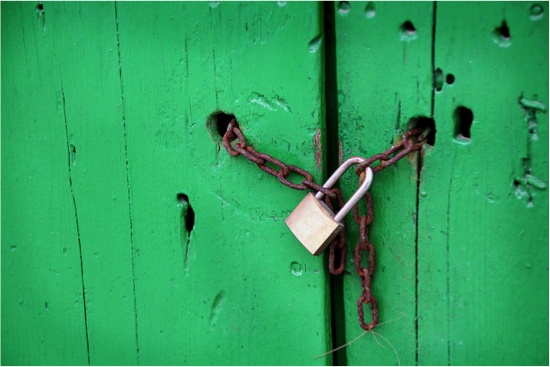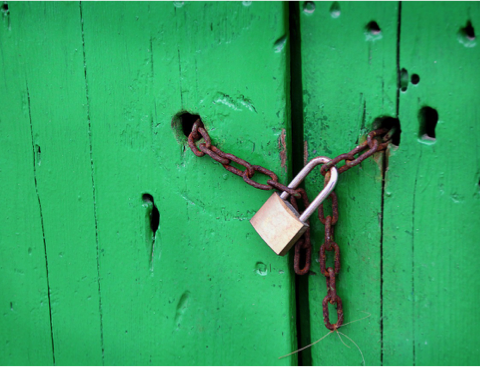 Copper has been the most widely used material in telecommunication wiring due to its conductivity , relatively low cost and reliability and corrosion resistance in a wide range of soils. Though, with copper theft on the rise, the industry is looking for alternatives to both deter thieves and lessen the risk of hazards like facility downtime or personnel injury.
Copper has been the most widely used material in telecommunication wiring due to its conductivity , relatively low cost and reliability and corrosion resistance in a wide range of soils. Though, with copper theft on the rise, the industry is looking for alternatives to both deter thieves and lessen the risk of hazards like facility downtime or personnel injury.
The Alliance of Telecommunications Industry Solutions (ATIS) has released an updated guideline on copper alternatives. This new guideline, ATIS-0600037: Testing Guidelines for Copper Theft Deterrents in the Telecom Industry, provides information and recommendations on the use of alternative materials in both above and below grade grounding systems.
Read below to learn key recommendations from the new ATIS guideline to help deter copper thieves at your telecommunication facility.
Alter Exposed Copper
Since exposed copper is frequently stolen in telecommunication sites, the new guideline recommends altering the appearance to help ward off thieves. Above Ground Level magazine recommends applying a coating, plating or marking to the outside material that protects copper. Altering the appearance of the exposed material makes it harder for thieves to recognize the copper materials.
In addition, copper products may be placed in closures, vaults or guards, which makes it harder for thieves to remove or access materials.
Alternative Grounding Conductors
While copper is preferred due to its resistance to corrosion and electric conductivity, alternative materials may be used in above grounding systems to discourage theft.
The new ATIS guideline recommends using one of the following:
- Copper-bonded steel
- Stranded cable
- Composite cable with tinned copper inner conductor and galvanized steel outer conductor
- Galvanized steel cable
- Stainless-steel cable
The ERICO CU-BOND composite cables, which consist of peripheral tinned copper plated steel to protect copper inners, comply with the new guideline.
The ATIS guideline further provides a method of testing and qualifying non-copper conductors so that equivalence to copper is achieved in terms of electrical, mechanical and corrosion performances.
In addition, the Above Ground Level article reminds engineers to take material deterioration, degradation and soil conditions into consideration when using copper alternatives.
Bury Ground Conductors
The ATIS guideline encourages engineers to bury ground conductors at a minimum of 750 millimeters below the earth. This shields the copper products from thieves’ eyes, deterring them from theft. Conductors that are not easily seen are less likely to be stolen.
Check out the full Above Ground Level article here.
Want more information on the protecting your facility and investments from copper theft? For more information on deterring copper theft, check out our whitepaper for tips to protect your facility from the dangers of thieves.

